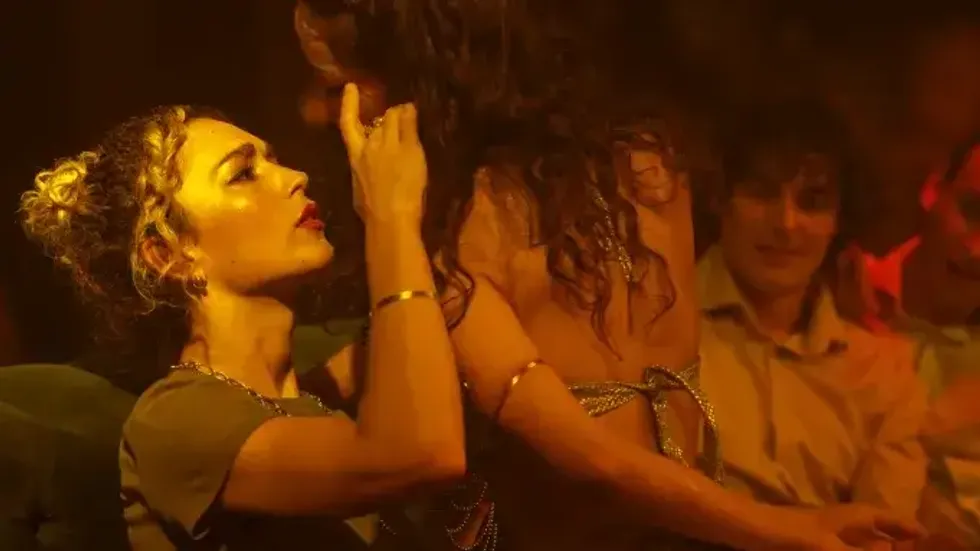'Maya and Samar' director blasts NC-17 rating for lesbian romance
In an era of repressive sexual politics, one filmmaker is calling out the MPAA for slapping her lesbian romance with an NC-17 rating.Director Anita Doran is outraged that her film Maya & Samar, which centers on a love story between a Canadian journalist and a queer Afghan woman, recieved the highly restrictive rating.The fact that we got an NC-17 rating, even though this film is a love story, but many other films where its not a queer love story [dont] get an NC-17 rating, wasshocking, Doron told Variety. This is nothing new. There is a long history of LGBTQ+ movies being saddled with R and NC-17 ratings for queer sex scenes that wouldnt be rated as harshly if they were between a heterosexual couple. Its this double standard especially with depictions of lesbian love that the director found shocking.Ever since I started making films, Ive been waiting and dying to tell stories where female sexuality is not a decoration or titillation for the audiences, but its a story from within the experience and the characters, Doron said. [Maya and Samars love] is chaotic and poetic and its alive. The film follows sex and pop culture reporter Maya (Nicolette Pearse), who comes face to face with her own privilege when she has an affair with Samar (Amanda Babaei Vieira) a queer Afghan woman who fled to Greece to escape the Taliban for whom the simple act of loving another woman is an act of resistance. The films U.S. distributor rights are still up for grabs, but once the MPAA has labeled a film as NC-17, you either get stuck with that rating and have a harder time getting a theatrical release or distribution, or you have to make edits to bring it down to an R rating. The infamous lesbian romance Blue Is the Warmest Color faced this exact dilemma. Couple that with the reality that even though the number of queer movies being released seems to be slowly increasing every year, few people are making sapphic films, and when the odd lesbian sex scene ends up onscreen, its often focused on titrating men, something the people behind Maya & Samar werent interested in.In terms of the representation of queer love, I think over the last few yearsweve seen an increasing amount of more mainstream LGBTQ love stories, producer Laura Lanktree said. But particularly when its lesbian love, it continues to be portrayed through a male lens.So much about Samars life is about oppression. But she had agency in those moments [with Maya]. She was choosing to be free and give her love.For the more explicit scenes that earned the film the controversial rating, Pearse said that she and her co-star had both freedom and control.We had full control over how our characters would express their desire. There was an environment where we had freedom and we had control, she said. There was a sacred space carved out for us to make this what we wanted it to be.




